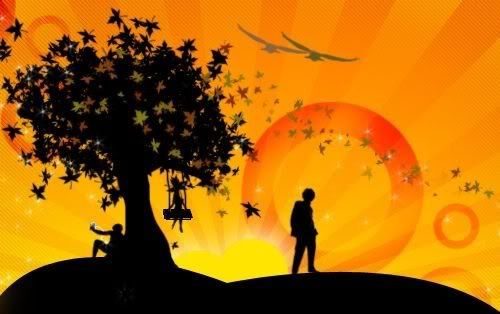It was, however, much more than that.
-this assassination appears to have been set up low-level Somoli Islamic radical to
- Try and intimidate the replacement priest.
- A part of a larger attempt to drive a tribe out-Not unlike the Sudan
- The traget tribe had begun to have converts to Christianity
- The offending tribe had significant Isalmic NGO infusions of goods, teaching, and training over the last few years.
See the following for supporting evidence
-Shimron
On July 14th....
An Italian missionary bishop who had just learned Pope Benedict XVI had accepted his retirement was shot July 14 outside the Isiolo pastoral center.
Bishop Luigi Locati, who would have celebrated his 77th birthday July 23, died at the Isiolo hospital about an hour after being shot. A guard walking with the bishop was wounded, news agencies reported.
The bishop was head of the Apostolic Vicariate of Isiolo in northeast Kenya. The region recently has been the scene of violence between the Gabra and Borana ethnic groups over cattle and access to water.
July 12th....
The Turbi Village massacre was the killing of sixty people by feuding clans in the Marsabit district of northern Kenya on the early morning of 12 July 2005. Hundreds of armed raiders of the Borana tribe attacked the Gabra people living in the Turbi area, north west of Marsabit. Twenty-two of the sixty confirmed dead were children, and over six thousand people fled their homes, most of them fleeing to Marsabit town.
The fighting was a result of competition over scarce water and pasture land in the arid region along the Somali border, as well as a recent political division along ethnic lines. The fighting in Turbi is similar in cause to that between the Garre and the Murule in Mundule in January and February of 2005.
Cattle rustling is relatively common practice in this region, and some reports suggest that the massacre may have begun as a cattle raid. The Gabra people, victims of the massacre, had been accused in June of stealing hundreds of cattle and goats. (click here for more) -(From Answers.com)
Borana information : from a cached Yahoo page no longer available:
Religion: Their traditional religion is monotheistic with communication through intermediary priests or "Qalla". The traditional name for God is Waq (or Wak). Islam has become influential in Borana society in the last 70 years. The Borana around Isiolo are radical Muslims.
_____________________
Borana are connected ethnically to a larger tribal group located in Ethiopia nand in Somolia click here for more
_________________
In recent years, the Borana "Ayaana" possession cult has been growing in Mandera and Wajir districts. At the same time Islamic fundamentalism has been gaining ground over the traditional Sufi mystical orders.
..[Ilsamic].. Fundamentalists have established NGOs and brought financial aid from Muslim organizations in Sudan, South Africa, North America, Europe, Kuwait, Pakistan, Saudia Arabia and Iran. (click here for more)
_______________
Tying this information together with recent activities in Somolia, This is more evidance that one or more of the multi-national jihadist organizations are moving on Kenya.
-Stay tuned for more on the Kenya Jihad
 RSS Feed (xml)
RSS Feed (xml)





No comments:
Post a Comment